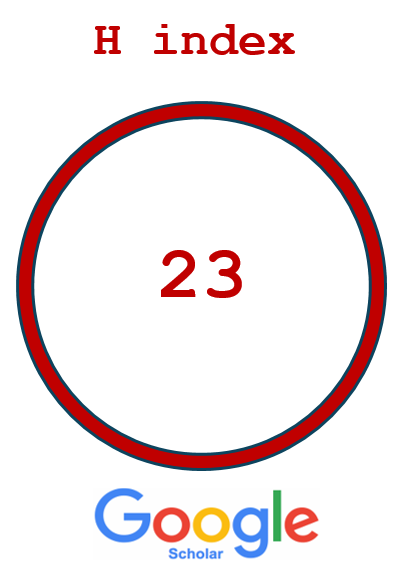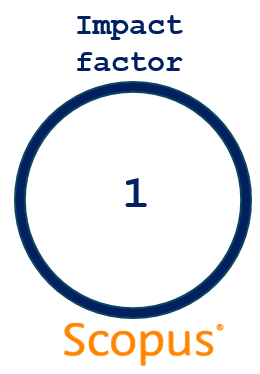ACTA Pharmaceutica Sciencia
2007 , Vol 49 , Num 2
THE ANTIPYRESIS OF CHLOROQUINE IN FEVER MODELS IN RAT
Department of Clinical Pharmacy and Biopharmacy, University of Uyo, Uyo
Viewed :
19066
-
Downloaded :
5498
Chloroquine is a 4-aminoquinoline derivative which has been the mainstay of malaria therapy. It is being investigated for its antipyretic effect since it has anti-inflammatory action and suppresses cytokine release and activity. The antipyretic effect of chloroquine was investigated using Lipopolysaccharide and brewer's yeast administered to rat models and compared with pentoxifylline, a TNFα blocker and piroxicam, a prostaglandin (cyclooxygenase) blocker. Chloroquine antipyresis on fever models compared favourably with piroxicam. The effect of pentoxifyline was minimal on brewer's yeast model but significant with LPS mediated pyrexia and comparable with chloroquine. Data suggested that chloroquine had antipyretic effect and therefore raised an important clinical development. Hitherto the inclusion of paracetamol in malarial fever has been a prescription tradition, but clinical finding of paracetamol prolonging of parasite clearance time has raised doubts of its integrated importance in falciparum malaria. Chloroquine alone may be prescribed especially to children or an ancillary treatment should be included but not paracetamol for fever control.
Keywords :
CHLOROQUINE, FEVER MODELS, ANTIPYRESIS, RAT





